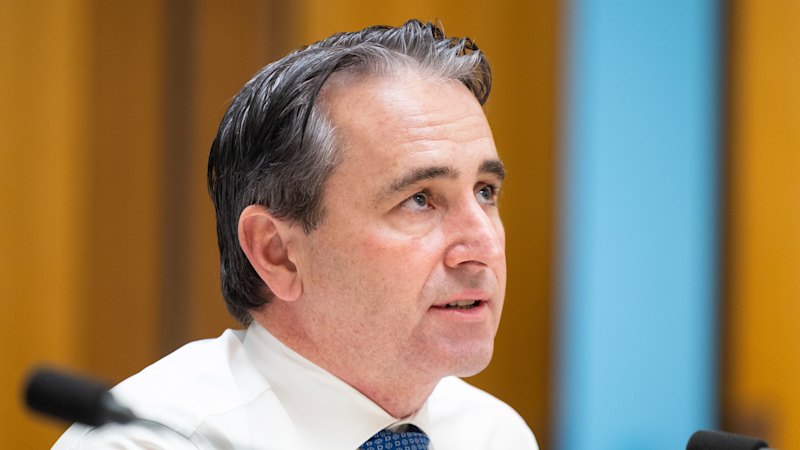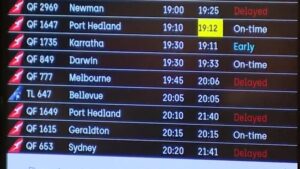
The ongoing debate over immigration in Australia has gained new momentum following comments made by Matt Comyn, the CEO of the Commonwealth Bank of Australia. During a parliamentary committee hearing on March 12, 2024, Comyn suggested that an annual migration intake of around 180,000 would best serve the country’s infrastructure and housing needs. His remarks come as the nation grapples with increasing anti-migrant sentiment, a trend mirrored in many parts of Europe and the United States.
Comyn’s intervention into this contentious policy area sparked discussions on the implications of migration numbers for Australia’s economy. In response to questioning from Liberal MP Simon Kennedy, Comyn noted that a migration cap of 180,000 would allow both the federal and state governments to better plan for critical infrastructure developments, including housing. This figure, however, is only slightly lower than the current permanent migration intake of approximately 185,000.
The context of Comyn’s comments is significant. Australia’s net overseas migration (NOM) has surged in recent years, reaching 316,000 in the year leading up to March 2024. The government aims to reduce this number to 260,000 for the current financial year and further down to 225,000 by 2026-27. A reduction to 180,000 would not only represent a substantial shift in policy but would also have far-reaching economic and political ramifications.
Migration Numbers and Economic Impact
While Comyn’s comments addressed the need for skilled migrants to support the finance sector and infrastructure projects, they also highlighted a nuanced understanding of the relationship between migration and property prices. Population growth, whether through births or migration, significantly influences property values, but Comyn focused primarily on the migration aspect.
He acknowledged that the increase in housing credit, spurred by recent interest rate cuts by the Reserve Bank, has contributed to the escalating costs of property in Australia. The combination of low borrowing costs and existing tax structures has resulted in one of the world’s most expensive housing markets. Comyn emphasized that without a steady influx of skilled migrants, the progress on housing and infrastructure projects could stall, affecting the broader economy.
Despite his respected position, Comyn’s foray into immigration policy exemplifies the complexities facing business leaders when addressing social issues. The political landscape surrounding migration is fraught with challenges, and the consequences of proposed changes often extend beyond economic considerations.
The Political Landscape of Immigration
As the Coalition seeks to regain political relevance after recent electoral setbacks, discussions around immigration are likely to intensify. The party’s suggestion to reduce migrant intake by 100,000 per year is indicative of a strategy aimed at appealing to constituents concerned about immigration’s impact on local communities and housing affordability.
In light of Comyn’s comments, the dialogue around Australia’s immigration policy will continue to unfold, with various stakeholders weighing in on the potential economic impacts. As one of the country’s leading business figures, Comyn’s views carry weight, but they also illustrate the delicate balance between economic growth and social responsibility.
In a climate where migration remains a divisive issue, it will be crucial for both business leaders and policymakers to engage thoughtfully with the complexities involved. The future direction of Australia’s immigration policy may well hinge on these discussions, shaping both the economy and the social fabric of the nation.






